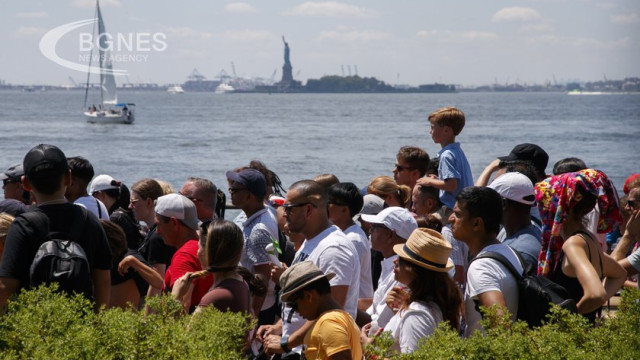Carefully mapped satellite images show that America's East Coast, especially its major population centers, is sinking at an alarmingly fast rate, according to a new study conducted by researchers at Virginia Tech and the US Geological Survey and published in the journal PNAS Nexus.
Entire areas, including New York, Baltimore and Norfolk, are sinking at a rate of between 1 and 2 millimeters per year, a reality that can cause serious damage to infrastructure, people and their property if no action is taken.
"The problem is not just that the land is sinking. The problem is that hotspots of sinking land intersect directly with population and infrastructure centers," said Leonard Ohenchen, a graduate student at Virginia Tech's Earth Observation and Innovation Laboratory and lead author of the study.
"We measured subsidence rates of two millimeters per year affecting more than two million people and 800,000 properties on the East Coast," added study co-author and Virginia Tech professor of geophysics Manucher Shirzaei.
"It affects you, me and everyone," the professor continued, adding that "the action may be gradual, but the impact is real," he stressed.
Some affected areas appear to be sinking at a rate higher than that measured just a few months ago. Back in September 2023, researchers from the California Institute of Technology published a study that found the New York subway is sinking at a rate of 0.1524 cm per year. According to the latest study, that number now looks more like 0.2032 cm. The dilemma for New York also represents some of the damage that could occur as a result of any potential oceanic absorption. The study found that significant areas of New York City's critical infrastructure that exceeded annual subsidence rates of two millimeters included JFK and LaGuardia airports and their runways, along with rail systems. In addition to the loss of major community centers such as airports and railroads, the city's sinking into the ocean also poses an increased risk of dangerous and possibly deadly flooding.
If you feel hopeless, you will be forgiven. However, the researchers wrote in the study that the more devastating effects of subsidence on the East Coast could be prevented by proactive policies to combat climate change. But of course, in a divided America, a far-reaching response to the climate question remains an increasingly difficult goal. /BGNES







